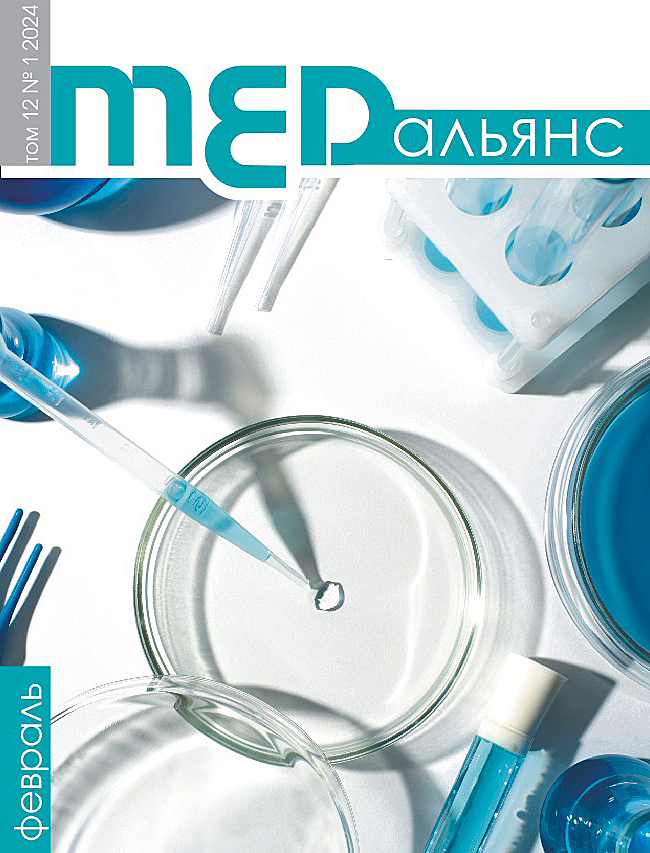Abstract
Background. Determining the form of congenital hyperinsulinism (CHI) is a crucial step in managing patients with this life-threatening condition. Current methods for interpreting PET results with 18F-DOPA are often insufficiently informative, prompting the search for new quantitative characteristics of PET images to aid in the differential diagnosis of CHI forms. Aim. Developing a novel method for distinguishing between forms of СHI using artificial intelligence technology and implementing it into clinical practice. Methods. The study included 63 patients who had both 18F-DOPA PET results and histological verification of СHI form. All PET-scans were processed using an artificial intelligence-based software module. The newly obtained quantitative PET-scan characteristics were compared with the results of traditional PET-scan analysis and histological examination findings using ROC analysis. Results. The software processing of PET images provided a series of new quantitative characteristics, among which the pancreatic color coefficient (PCC) exhibited the highest sensitivity and specificity indices. The optimal cut-off value for PCC is 0.093 (p <0.001; AUC 0.996; Youden’s Index 0.964; sensitivity 96.43%; specificity 100%). A PCC value less than 0.093 indicates diffuse form of CHI, while a PCC value more than 0.093 corresponds to focal and atypical CHI subtype. Conclusion. A new method for the differential diagnosis of СHI forms has been developed, based on artificial intelligence technology. A value of PCC less than 0.093 indicates a diffuse form of CHI, with a high degree of sensitivity and specificity enabling the differentiation of diffuse from focal and atypical forms. The informativeness of the new quantitative parameter surpasses that of the traditional pancreatic index in the differential diagnosis of CHI forms.

